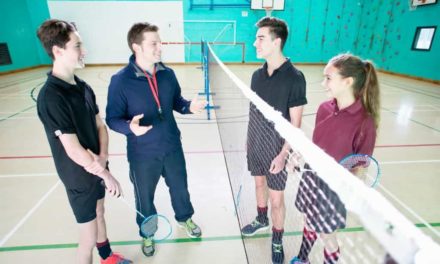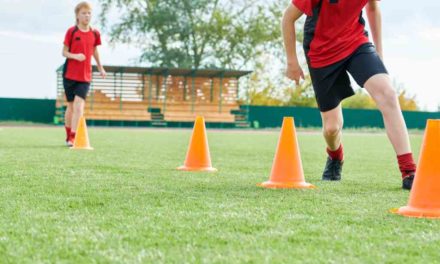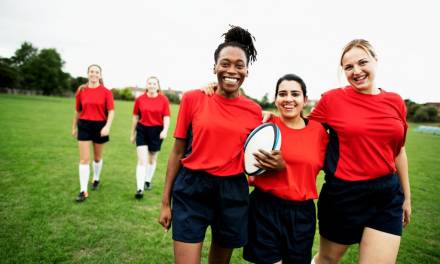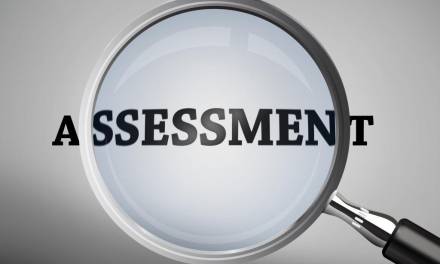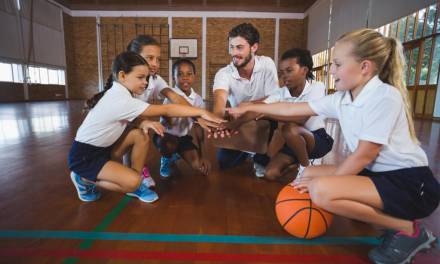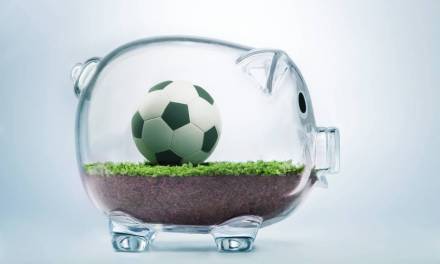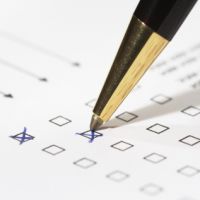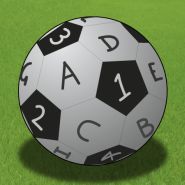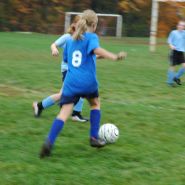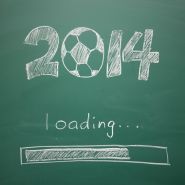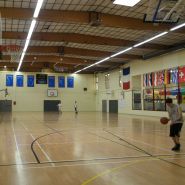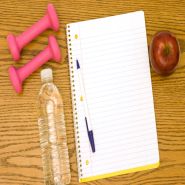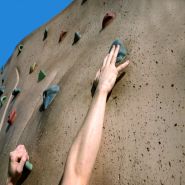How does a PE department improve its curriculum and make it more relevant to its students?
Reading time: 3 minutes
Forming the PE curriculum – one of the most interesting, but most challenging, roles that a Head of PE can have! With very little structure or guidance from the national curriculum, it is often left to the department manager to decide the direction and structure of the PE curriculum. In this article, we explore ways to make the curriculum relevant to the students.
Read More
